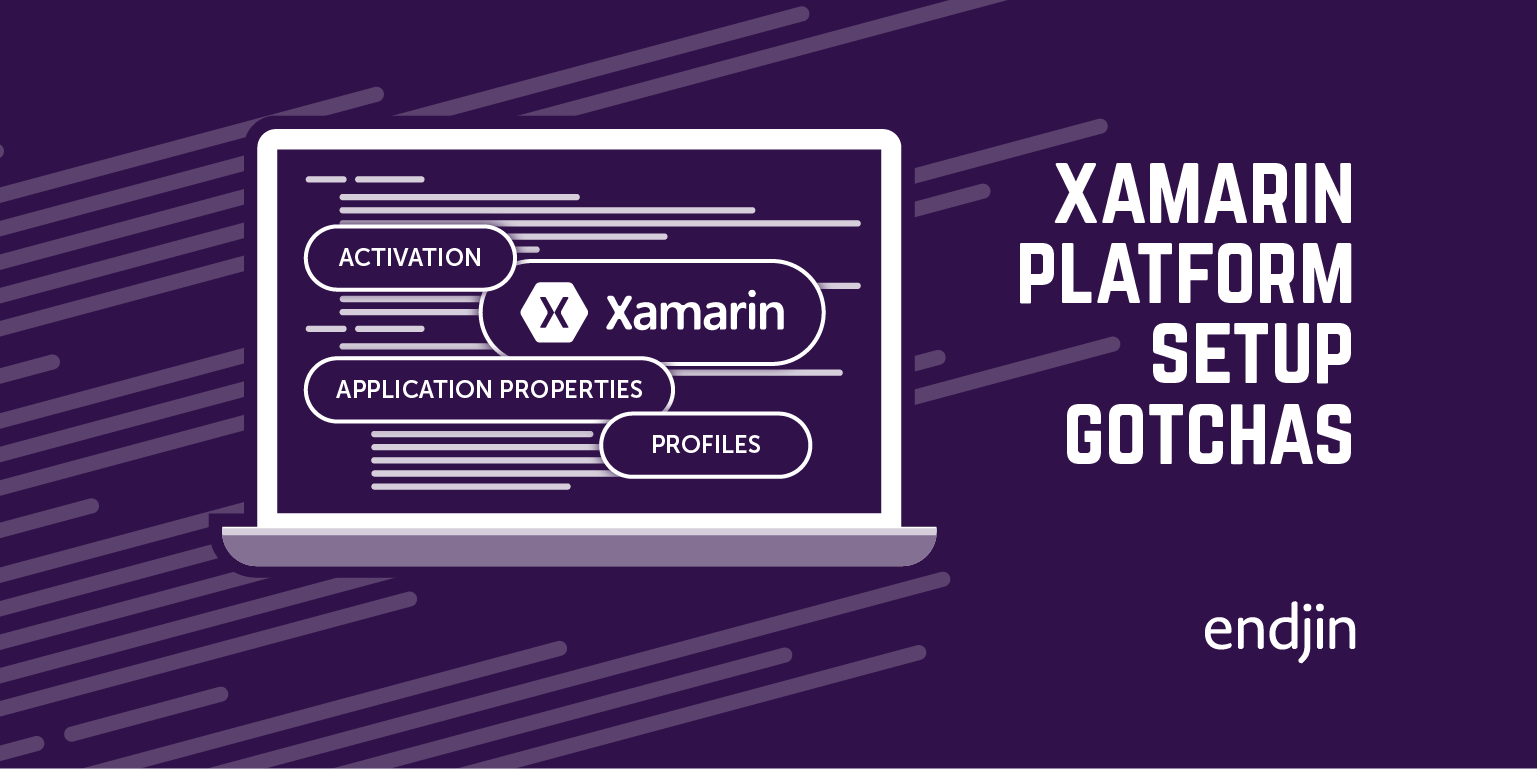Making the move from iOS to Windows Phone 8
I've been a smartphone user since I purchased my first Orange SPV in 2002; this was quite a revolutionary jump compared to the Nokia 5110 & 3210 I had been previously using (and before that I had a pager – I was an impoverished student, my father was quite seriously ill, but mobile phones were rare and luxurious items – only 3 other students I knew had one, but I had to be "contactable", hence the pager). For the first time I could check email on the move, could even do some rudimentary web browsing to check train times and had a dedicated app for navigating the tube. It felt like I held the future of communication devices in my hand (albeit it a future where I had a mobile computer that was terrible at making phone calls). The SPV was very much a v1 product and as soon as I could, I upgraded to a SPV E200 and then the SPV C500 – which finally felt like a polished product; it had the Windows Mobile 2003 OS, was quite fast, could actually make and receive phone calls and the battery actually lasted a day. Then 3G appeared and I upgraded to a SPV M3100 – it had a different form factor but was an awesome device with a flip out keyboard and touch screen (best used with a stylus or by applying firm pressure with your thumbnail).
The day before the iPhone 3G was launched in the UK my M3100 died, I was out of contract, and the iPhone was at the height of it's "object of desire" power; so I got up early the next day, went along to the O2 store and after waiting for their system to recover from a denial of service attack due to consumer demand, then walked out with what I considered the future of communication devices for the masses. The iPhone 3G really was the next step; fantastic features like a capacitive touch screen, visual voicemail, 3G download speeds and a desktop browser on a mobile device. On the downside it was about as good as the early SPVs at making and maintaining phone calls; most of which I, at the time blamed O2 for. When the iPhone 4 was unveiled and it was announced that O2 would no longer have an exclusivity deal; I was sold. I upgraded and moved to Vodafone. The iPhone 4 is by far the worst phone I've ever owned (the combination of Vodafone's network and the 4's antenna issues made it practically unusable for making / receiving calls), but unfortunately I was locked into a 24 month contract.
In the last 2 years Microsoft have finally created an answer to iOS and the iPhone in their Windows Mobile 7 & 8 platforms and their relationship with Nokia to produce the Lumia line of devices. The combination of 4G reaching the UK, the lacklustre iPhone 5S & C updates made me decide to take the leap and swap back to a Microsoft based smartphone. After 7 days with my Nokia Lumia 925 on EE - I've decided it's a keeper and have just requested my PAC code from Vodafone.
Device is lovely - it's a bit bigger than my iPhone 4 - but you don't really notice it's any bigger in your pocket. All the rocker buttons are on the RHS which makes a big difference for me being left handed. Battery seems ok - it just about lasts a day even with Bluetooth turned on (so it connects with my car's hands free system), internet tethering for 2 hours (train commute), with push emails enabled and a couple of hours of audible listening. But I'm definitely getting a wireless charging dock for my desk at work. The earphones you get bundled with the phone are exceptionally good, very comfortable, good sound quality, no noise leakage + a built in mic – I've actually stopped using my Bose Quiet Comfort 2 headphones on my daily commute as the bundled earphones are really usable.
The device is really fast - no lag launching any app. I've managed to migrate most most commonly used apps from iOS - the ones that are missing I can just use their website and dock them as a live tile. The real *isn't technology awesome* moment was when I paused my audible book on my iPhone and pressed play on the Lumia and it started where I had left off thanks to WhisperSync. The only app I'm missing is DropBox which I used all the time on my iPhone. The Kindle app also works really well - and the screen is big enough and high resolution enough to making it a decent reading experience - even in bright sunlight (while waiting for a train in the morning), so my Kindle is now sat on a shelf, gathering dust.
I decided to setup the phone using my old Microsoft Account (the new name for LiveId) - the one that I have registered against my XBox - which means that my phone is now synced with my Xbox and I can use SmartGlass (which I could never get working on my iPhone). Adding multiple accounts is simple - I added my "organisational" Microsoft Account - which is my endjin Office 365 account and everything works fine. Office on the phone is pretty good - far the best mobile document viewers I've used.
The camera is lush - photo quality is the best of any phone or point and click (non-DSLR) I've played with. The notion of "lenses" is really neat - essentially there are different apps that can integrate with the camera - so everything from panoramas to a "pro" camera that lets you adjust just about any setting you'd need to.
EE seems to be ok - reception around the house is quite patchy - no 4G as their coverage checker suggests, but I can make and receive calls when I'm working from my home office - which is better than the iPhone / Vodafone ever managed. I seem to get more of a connection on the train (so I'm using the 925 instead of my 3 mifi device - saving another £15 per month) and covering in London is pretty good - I have 4G in the office - so I'm pretty happy with that.


